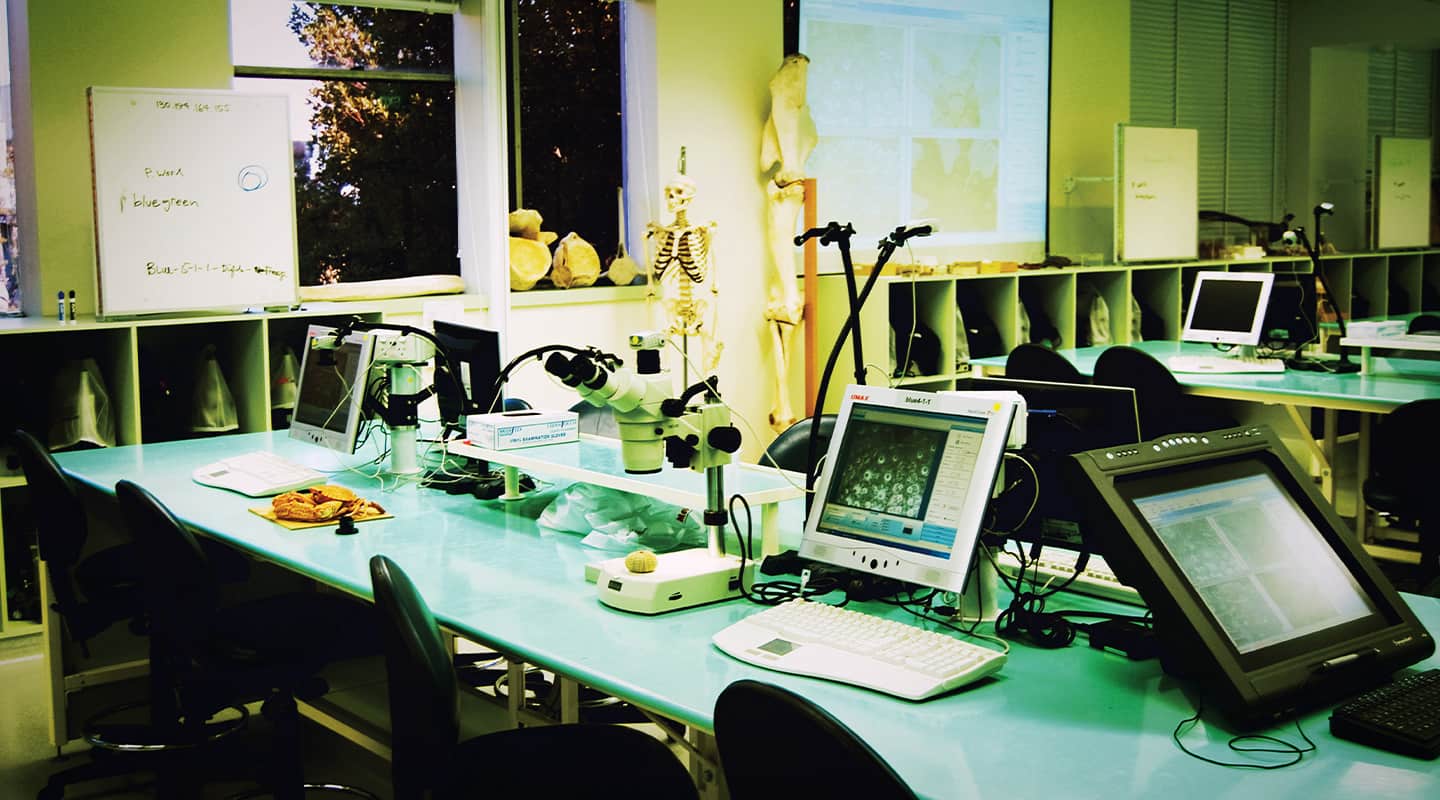
Multimedia Microscopy at Monash
How the humble microscope sprouted an extra eyepiece.
Text & Photos:/ Andy Ciddor
Almost all of the really interesting things that happen in the biological sciences aren’t readily visible to the unaided human eye, making good microscope technique one of the fundamental skills to be acquired when undertaking studies in these fields. Teaching microscope skills effectively has been an elusive goal for educators, as the traditional process involves a high degree of individual student-trainer interaction at the microscope. The commonly encountered unwillingness of students to acknowledge their difficulties, and the near impossibility of the teacher monitoring individual progress in a traditional laboratory environment can leave the more reticent students deficient in a core area of their training. The added pressure of ever-shrinking teacher-student ratios increases the likelihood that these deficiencies may not be rectified.
MICROSCOPIC CHANGES
When the time came for Monash University’s School of Biological Sciences (SBS) to look at replacing their aging sets of class microscopes, the head of school Assoc. Professor Gordon Sanson decided instead to address the entire teaching and learning process and improve it using all possible strategies and technologies. When he learned that relatively inexpensive video cameras could be fitted to student microscopes, he realised that this would be an ideal way to share information between students and the teacher.
Through local distributor, Australian Instrument Systems, Sanson learned that Chinese microscope manufacturer Motic already had classroom installations in place using microscopes fitted with cameras. However, these labs used analogue cameras fitted to the microscopes to allow the instructor to monitor the work of each student and to communicate with them via a headset. To Sanson, such an approach was far too isolating and lacking in interactivity, but the technology looked promising, so he made a visit to the Motic factory in China, to see if he could get what he needed.
The microscopes offered by Motic were unique in having extra viewing optics for the camera, making the standard microscope into a binocular, and the normal binocular microscope into a trinocular. However on visiting Motic, Sanson found the optics were set up like an SLR camera, using a movable mirror to direct the image to either the human user or the camera, but not both. He went back to his hotel a disappointed man. However, by the time he returned to Motic the following morning the engineers had replaced the movable mirror with a fixed, half-silvered mirror that split the light equally between the human user and the camera. He also learned of the DigiLab software package that had been developed to allow the teacher to preview and switch the outputs of students’ microscope cameras. Armed with this information Sanson went back to the SBS to consider how microscopy could be taught in the future.
Discussions between Sanson, Dr Murray Logan (Lecturer), Bruce Weir (Teaching Services Manager within the school) and Graeme Ivey (Chief Technical Officer of the Teaching Facilities Support Unit, ie. Senior AV systems designer) produced a design for a new lab and a new teaching strategy. The system they specified enabled microscope images, or information of any kind on local computer screens, to be captured by the individual student, shared among and between individuals, groups or the entire class, with or without the involvement of the teacher.
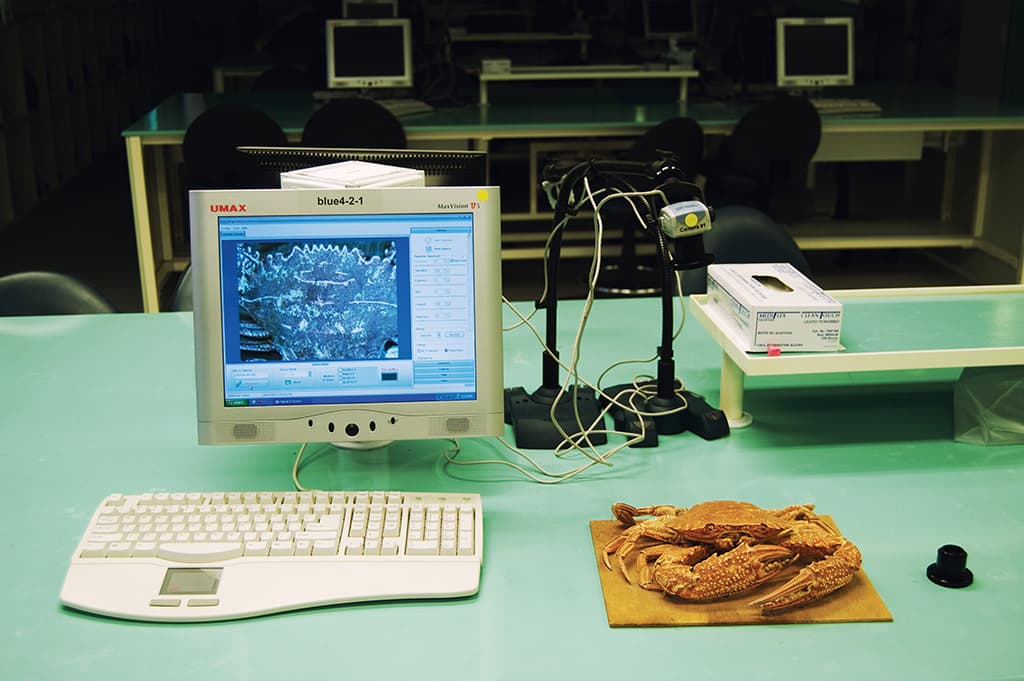
Student workstation using a camera fitted with macro lens.
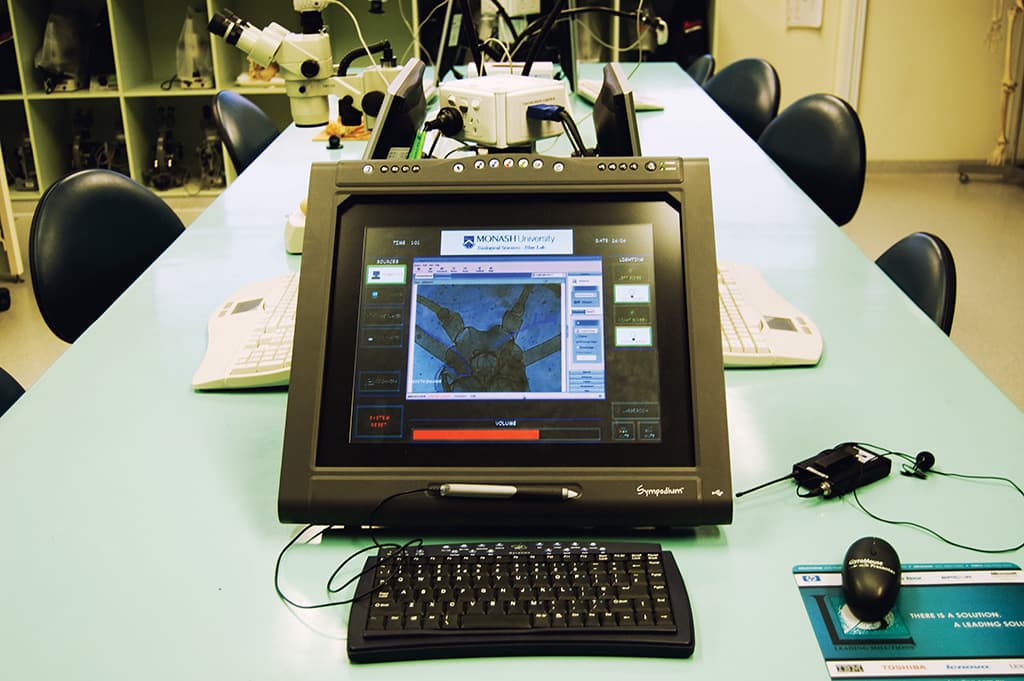
Teacher’s Sympodium interactive panel for selecting and annotating images displayed on projection screens.
NEW LAB
The existing group of 1960s vintage laboratories, with their sink and gas tap per student, and their asbestos-lagged hot water pipes running along the ceiling, were stripped back to bare walls and opened up into a single, long, 60-seat teaching space, with movable divider walls.
New student benches were fitted, with a computer workstation per student, each equipped with a Motic USB camera that can be either fitted directly to the additional viewing port on a Motic microscope, or with a macro lens, be used as a stand-alone specimen camera. At regular intervals along one side wall of the lab are projection screens for a series of ceiling-mounted projectors that allow all students and teachers to easily see shared images and view audiovisual material. The space can be divided into three smaller laboratories if required, so all PA, teacher radio mic and projection feeds can operate either as independent labs or in grouped systems, via the AMX room control.
As the image routing and sharing needs of the lab’s design became clear, Sanson and Logan defined some additional requirements for the DigiLab II software that would be installed on each computer workstation. Their demands effectively redefined the specification for the software and led to the extensive use of the SBS lab as a beta test site for Motic’s developers. Sanson noticed that the Motic developers, in the process of creating image sharing and routing capabilities, had unwittingly produced a lightweight software system that allows a teacher to monitor screen output and take control of any aspect of any of the dozens of student workstations in the DigiLab II network. He recognised that such a system would be of immense benefit in a wide range of teaching applications – with or without microscopes – and it has since been developed further along these lines.
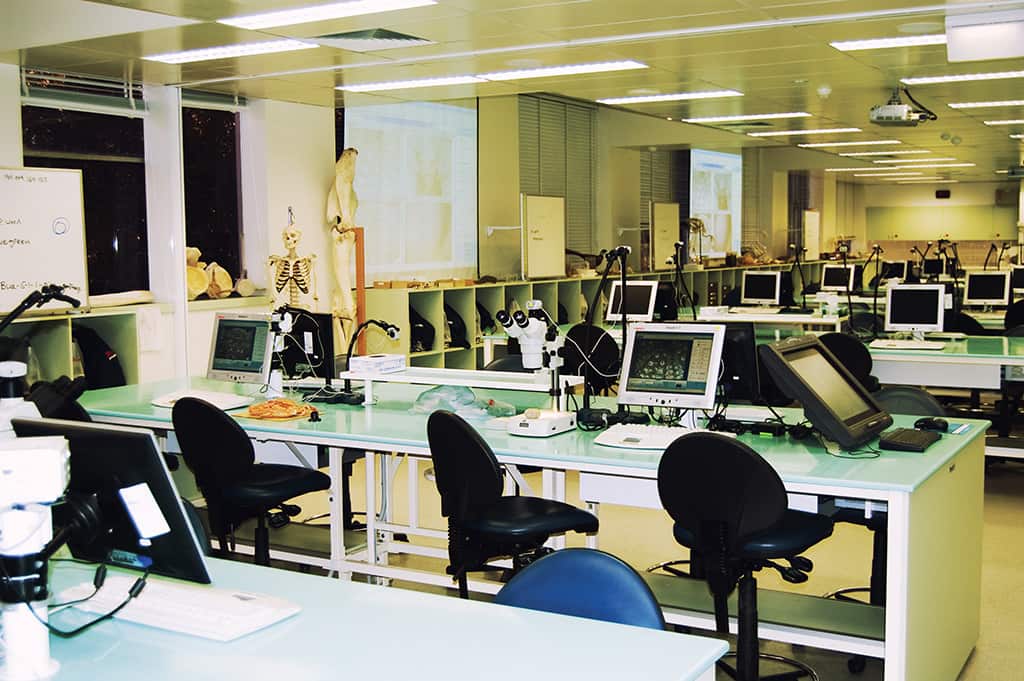
Transformed: The tired old 1960s labs are now an open and bright 60-seat interactive teaching space.
PHILE SHARING
And the results of all this innovation? They’re profound. The learning model is now about the sharing of information, techniques and images between groups of students and the teacher or the whole of the class. The images and data created by a student can either be saved to portable memory media at their workstation, or if they have logged into the university network, it can be saved to their institution-wide, ‘universal drive’ in the central storage cluster.
Since the labs were commissioned and new teaching and learning processes explored, the labs systems have continued to evolve. Sympodium interactive boards have been added to allow teachers to annotate the images that are being pulled up from microscope cameras. A BYO approach to workstations has recently been implemented using wireless Fujitsu tablet computers supplied to the students. This approach is expected to evolve again, as every student comes out of high school with a computer supplied under the Commonwealth computers-in-schools scheme.
An interesting aspect of this installation is that Monash University employs audiovisual systems designers and technicians, but no AV installers or integrators. They prefer all such work to be taken on by their contracted integration company B&H Australia, which pulled every wire, terminated every connector, tested every system, programmed the AMX integration system, then handed them an invoice.
MACRO VIEW
There is no doubt that since this laboratory opened it has been a success, not only for the teaching of the biological sciences but for looking at more effective and innovative uses of technology in the teaching process. This installation has not only won awards for being new and clever, it has attracted the attention of the teaching community. After seeing these labs in action and talking to the team from Monash, Macquarie University opened a teaching lab based on the same principles just in time for the start of the 2009 academic year.



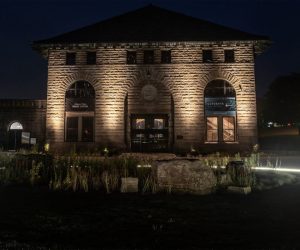
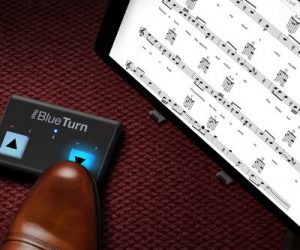
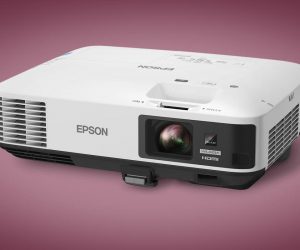
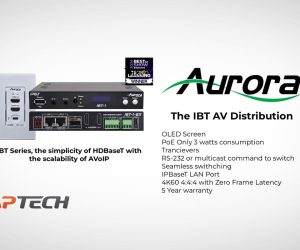




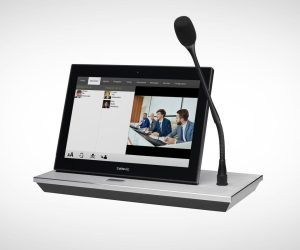


RESPONSES